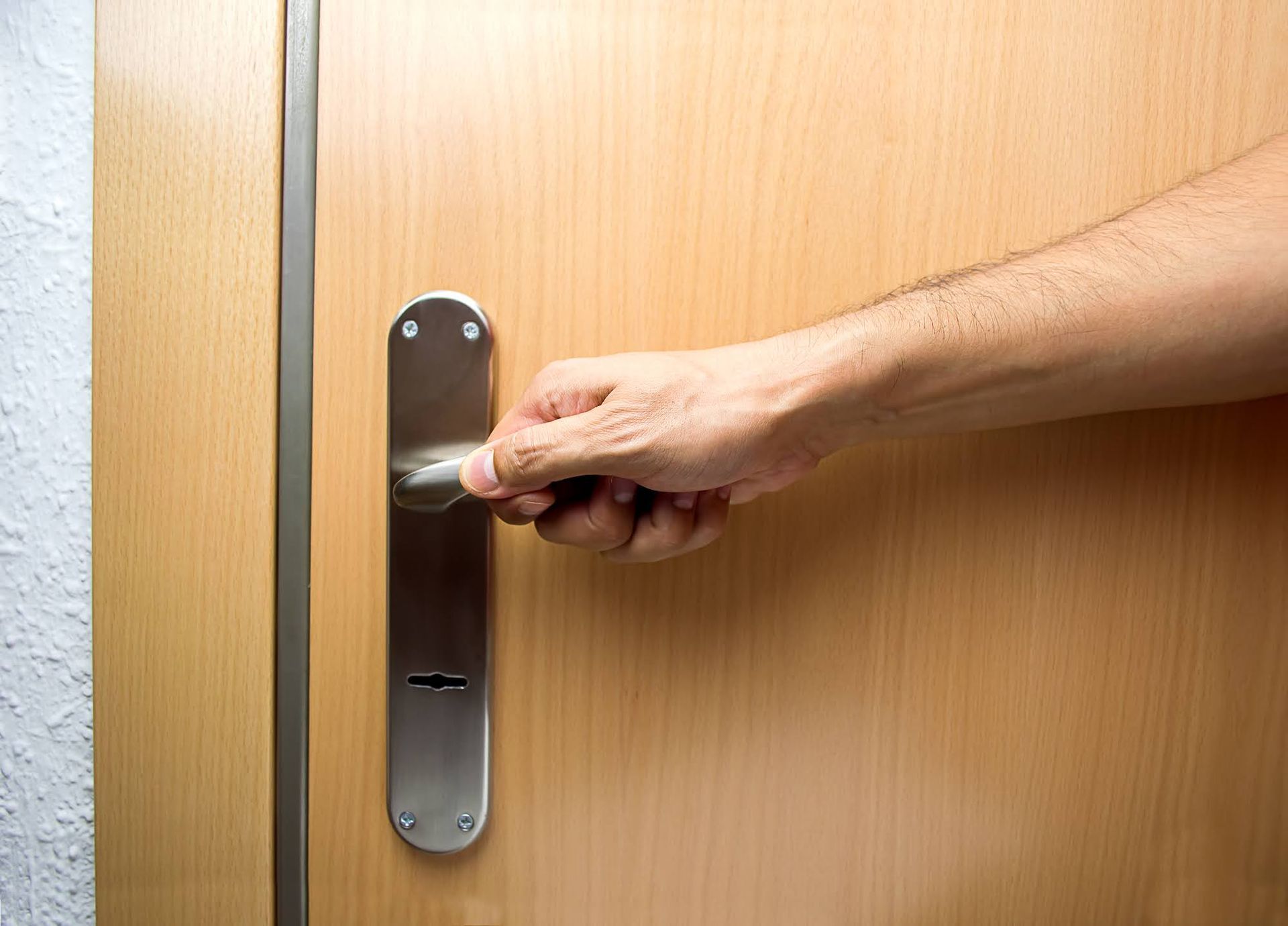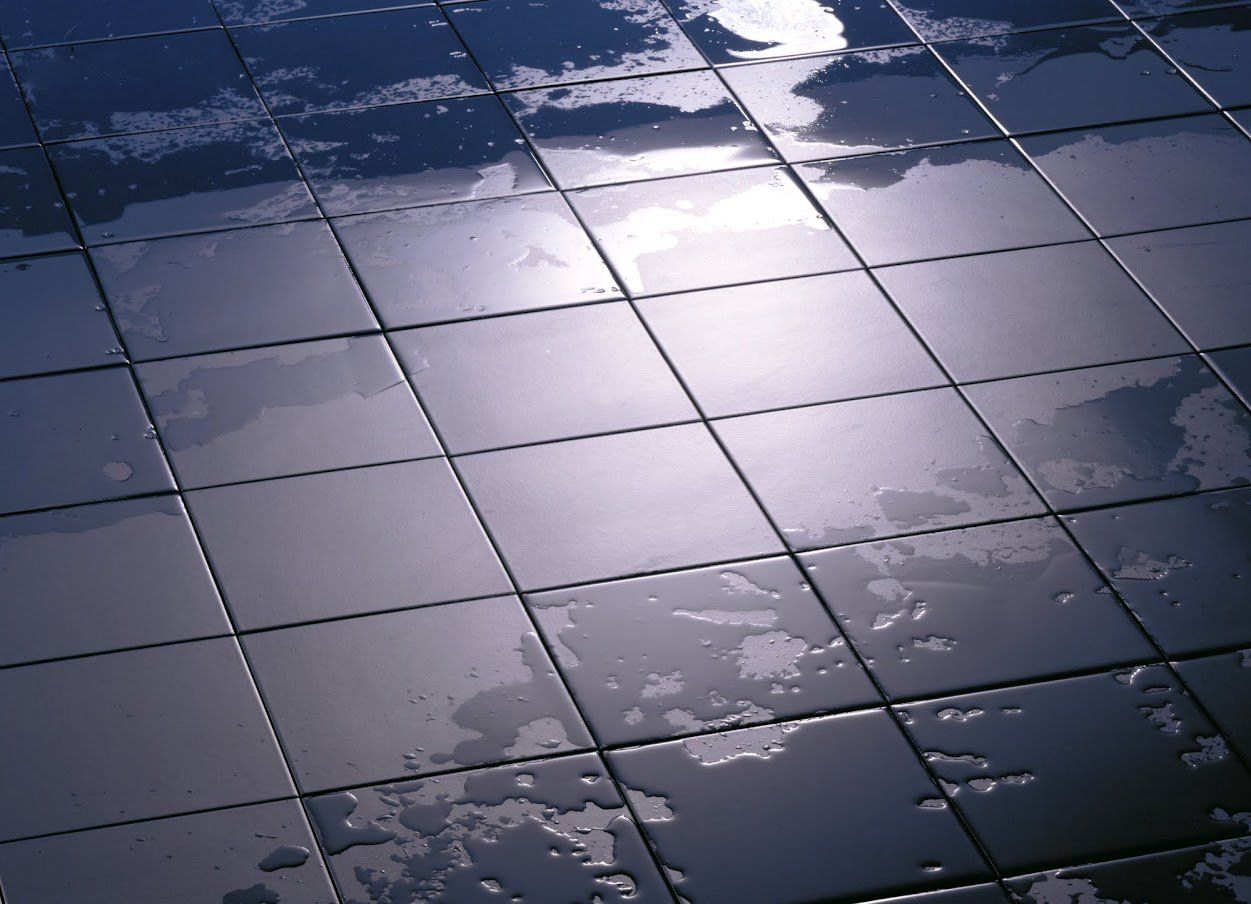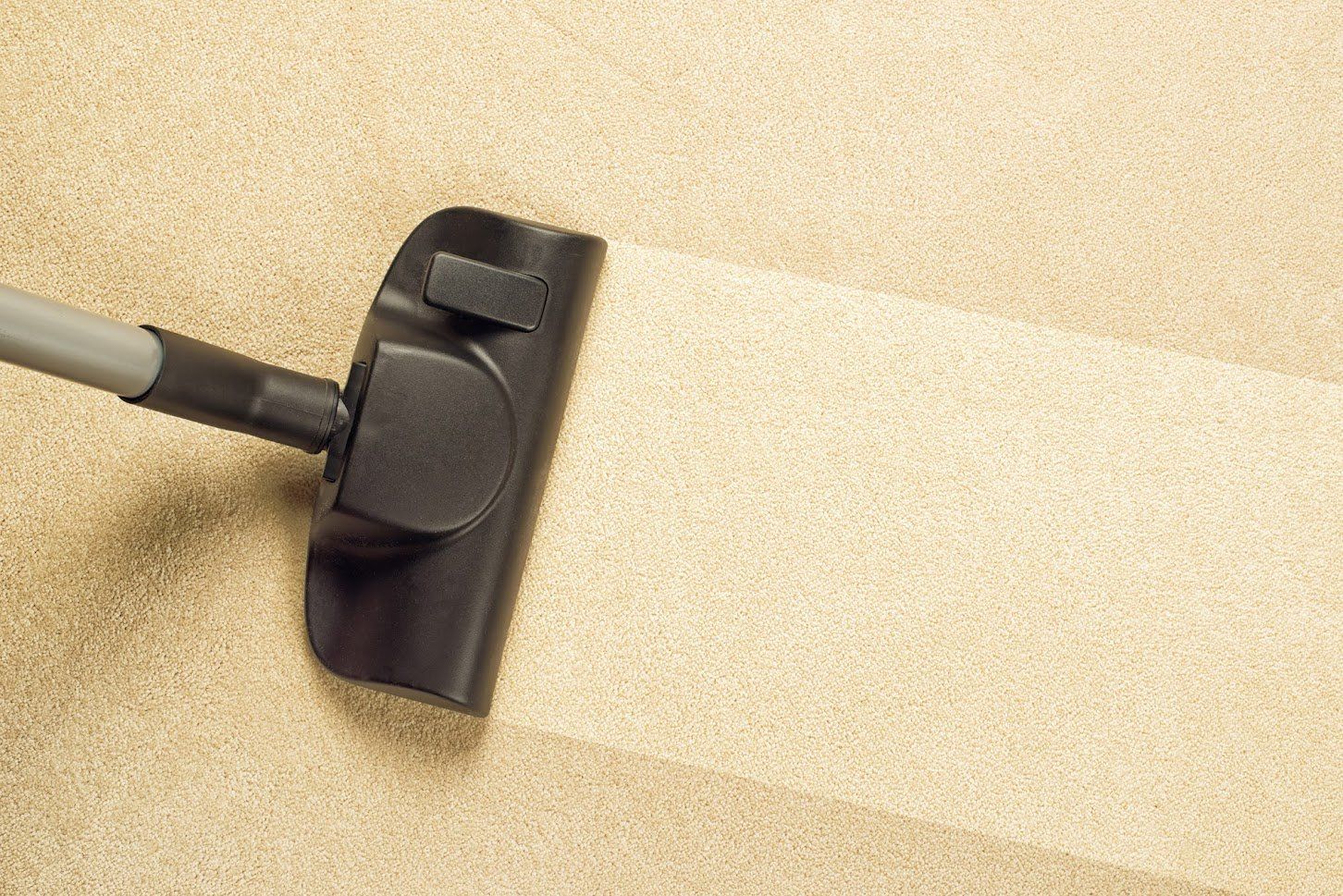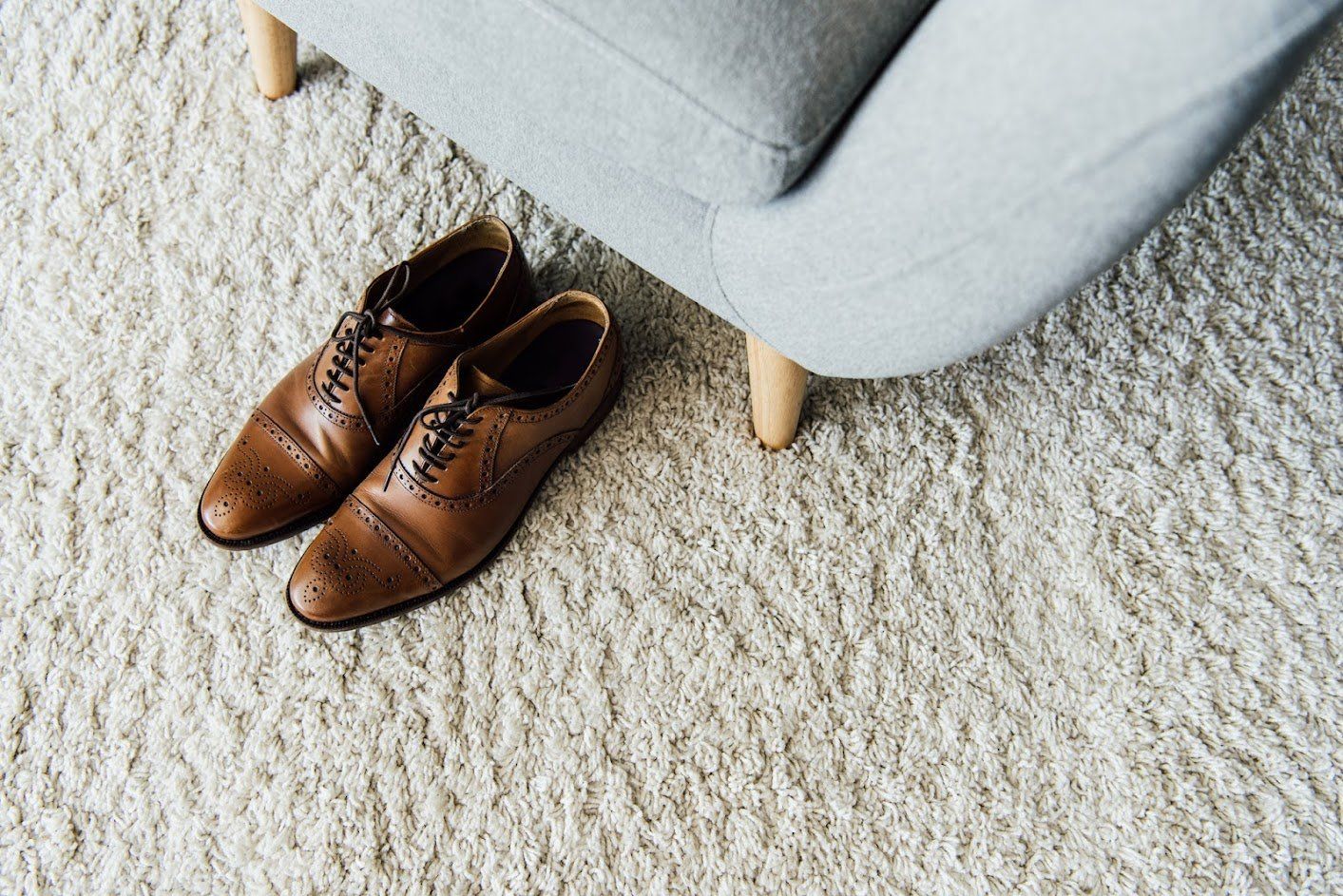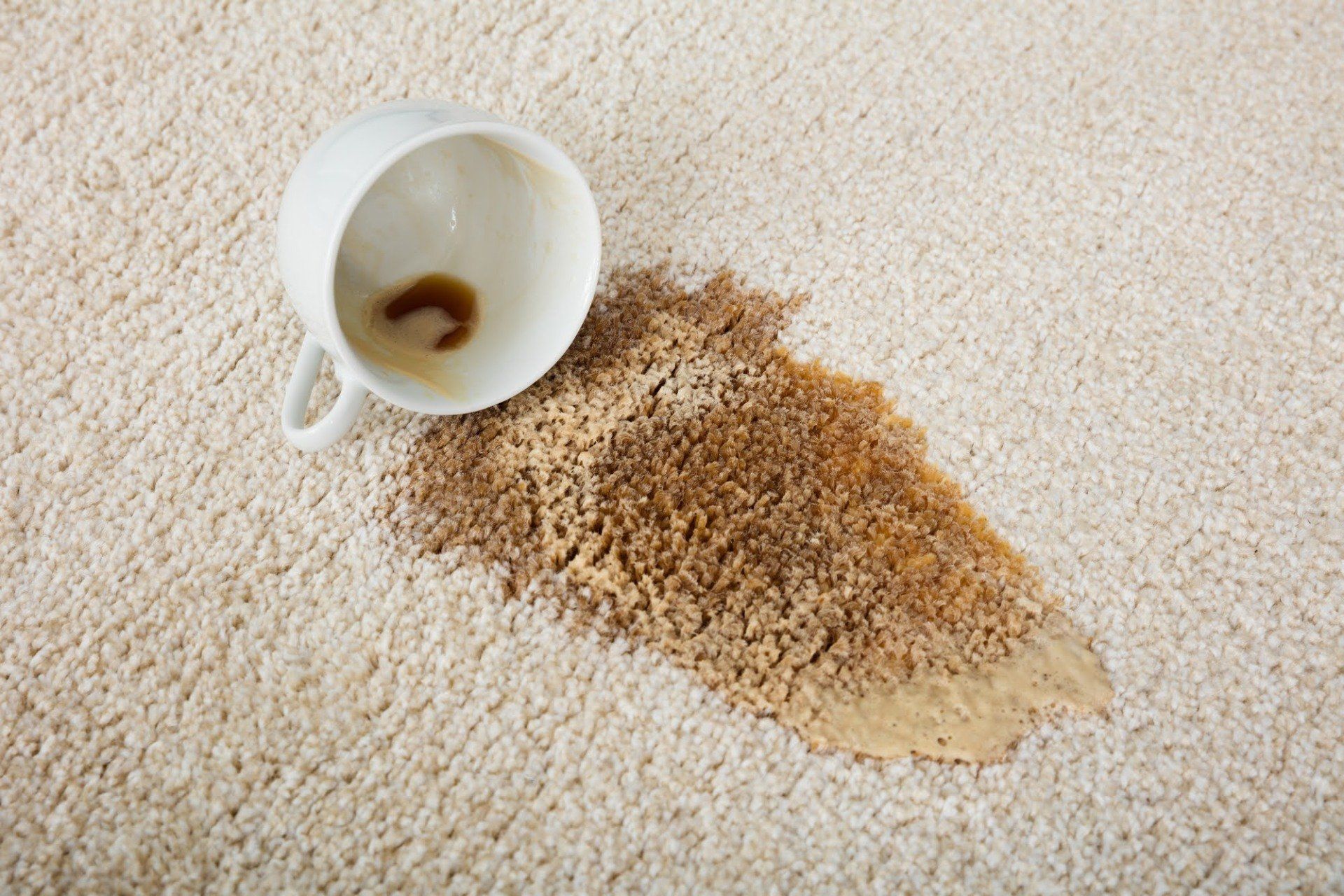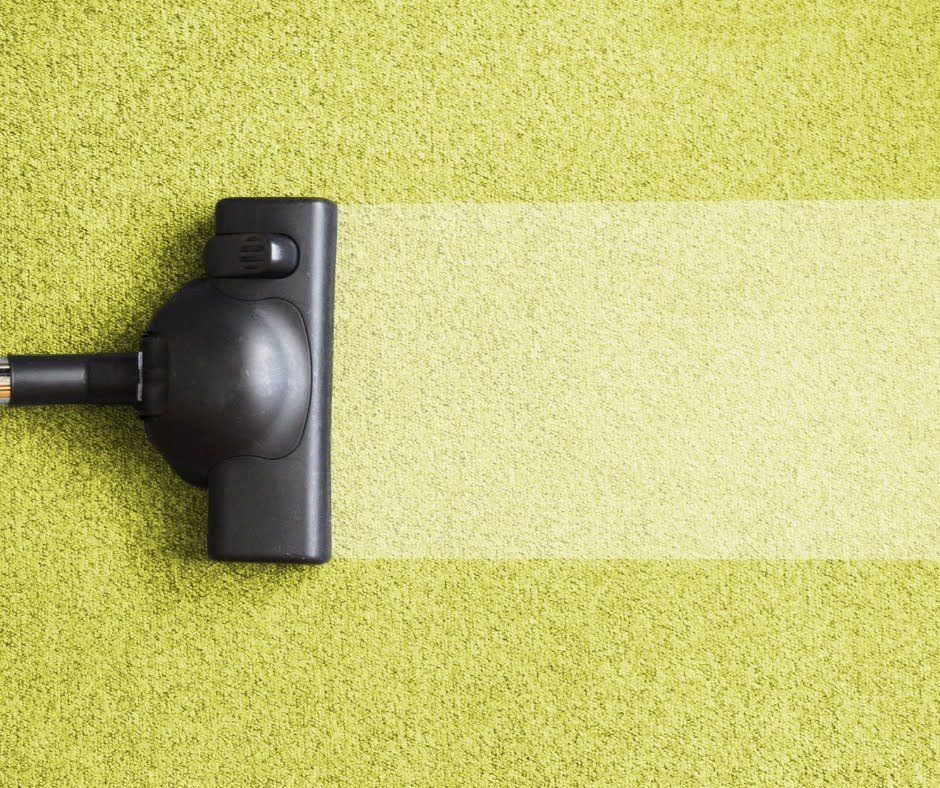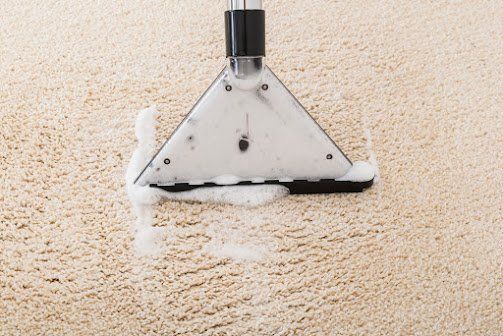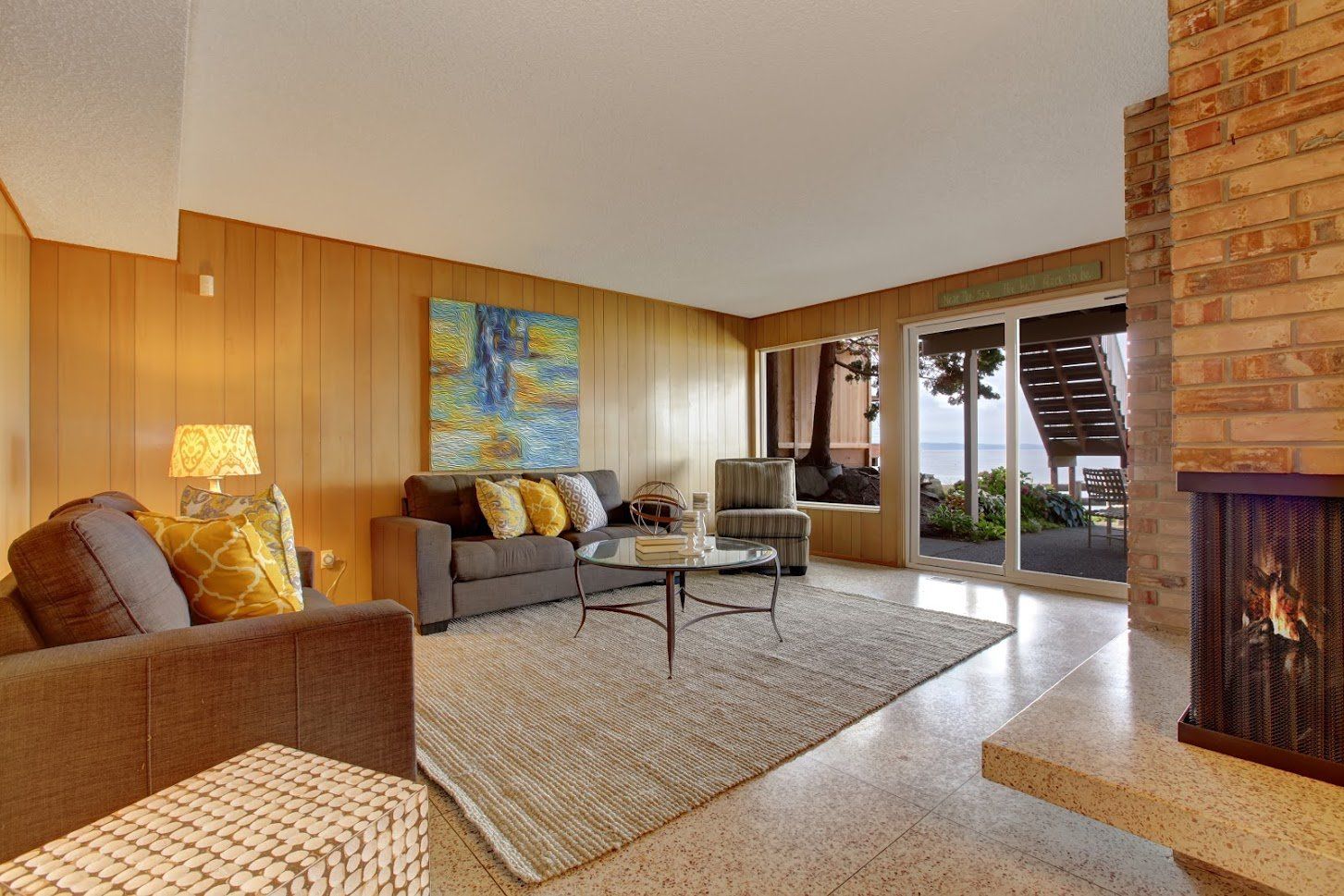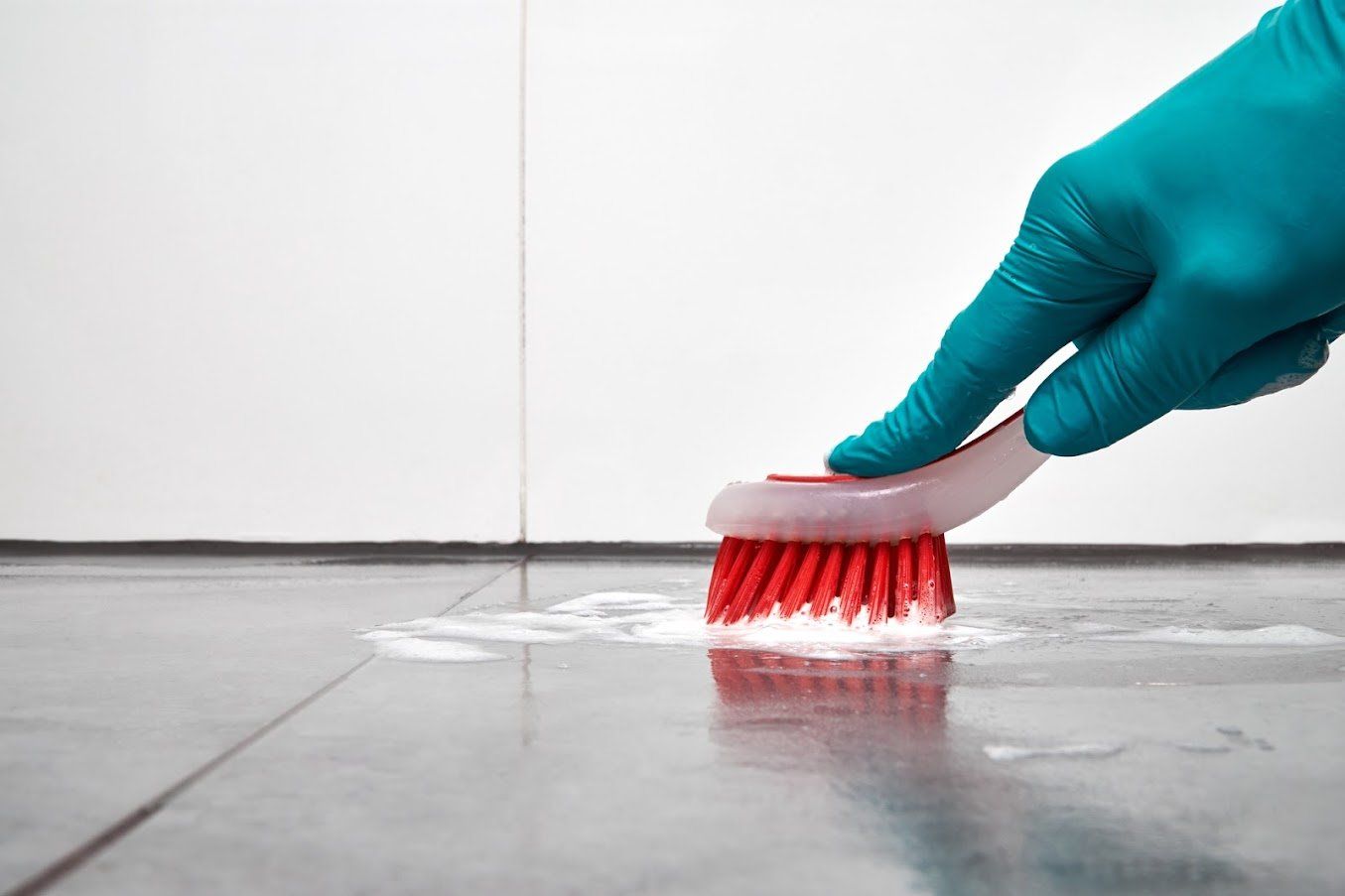Had a Flood? Take These Steps to Save Your Furniture
Admin • June 24, 2018
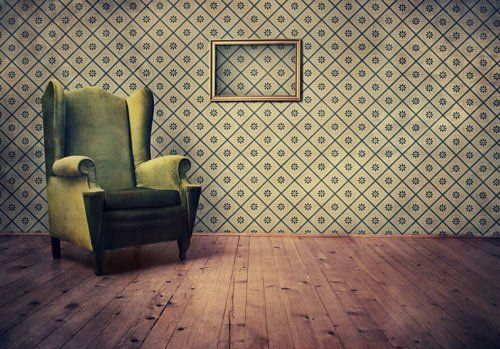
Whether it's from a flooded basement or leaks from above, water damage can leave you with a huge mess. While many homeowners focus on protecting the structure itself, furnishings can sometimes be forgotten and suffer even more damage.
To help protect your furniture, take these steps to salvage it after a flood.
Document the Area
Before you begin moving your property, consider whether you may file a claim against your homeowners (or other applicable) insurance. If it's a possibility, then you should begin documenting the damage as it stands. Take photos from as many angles as you can and focus on specific, more valuable, furnishings.
Once you have removed the furniture, you should take more photos — especially if anything was standing in water before — to get better views.
Remove the Furniture to a Dry Location
Don't try to clean or dry furnishings in the same place the flood damage has occurred. In order to be salvageable, most furniture needs to get out of the moisture and humid air as quickly as possible. Take them to a dry, open area that's not directly in the sun. Too much heat and sunlight can easily cause further warping and cracking.
Try to set up air circulation around your drying area. Household fans, along with natural breezes, can get things started. In addition, you should disassemble or separate (but don't force open) the different sections of furniture to allow every part to dry out. If you have upholstered furniture, then you should separate cushions and fabrics to help prevent colors from running.
Be aware that properly drying things could take days or even weeks. If you can't move something out of the wet area, get it as far out of the moisture as you can. Even using blocks or other platforms to raise furniture up a few inches is helpful. Protect legs from the wet floor by placing plastic or foil underneath them.
Organize Pieces
As you remove your furniture to the drying area, organize the furniture and other goods into three separate groupings:
- DIY Salvageable. This includes metal and plastics that can probably just be dried and cleaned with soap and water. Put them aside to work on after a professional starts work on the harder pieces.
- Probably Salvageable. This group would include upholstered furniture that wasn't completely submerged or was in clean water. Wood furniture may also be restored depending on whether it can be dried off without excessive warping. Solid woods will likely be easier to recover than particleboard or plywood.
- Not Salvageable. Mattresses, upholstery in dirty water, and highly warped woods may not be salvageable. However, by identifying these items, you can focus your efforts on saving what you can.
You may not be confident about what can and cannot be saved, so the middle group could end up a lot larger than you expect. This is okay, though, since you don't want to give up too soon on items that have sentimental or monetary value. Have a professional cleaning service assess your groupings with their experienced eye.
Call in Professional Help
Once you've determined which furnishings require professional cleaning and restoration, call a professional service as soon as possible. Speed is key for saving anything that's been in the water. This is particularly important if you plan to save any upholstered furniture.
At All State Carpet & Tile Care, we start assessing and recovering your damaged furniture and other goods immediately. With more than 14 years of experience, we can help you save as much as possible as quickly as possible. Give our team a call today to learn more about our services.



